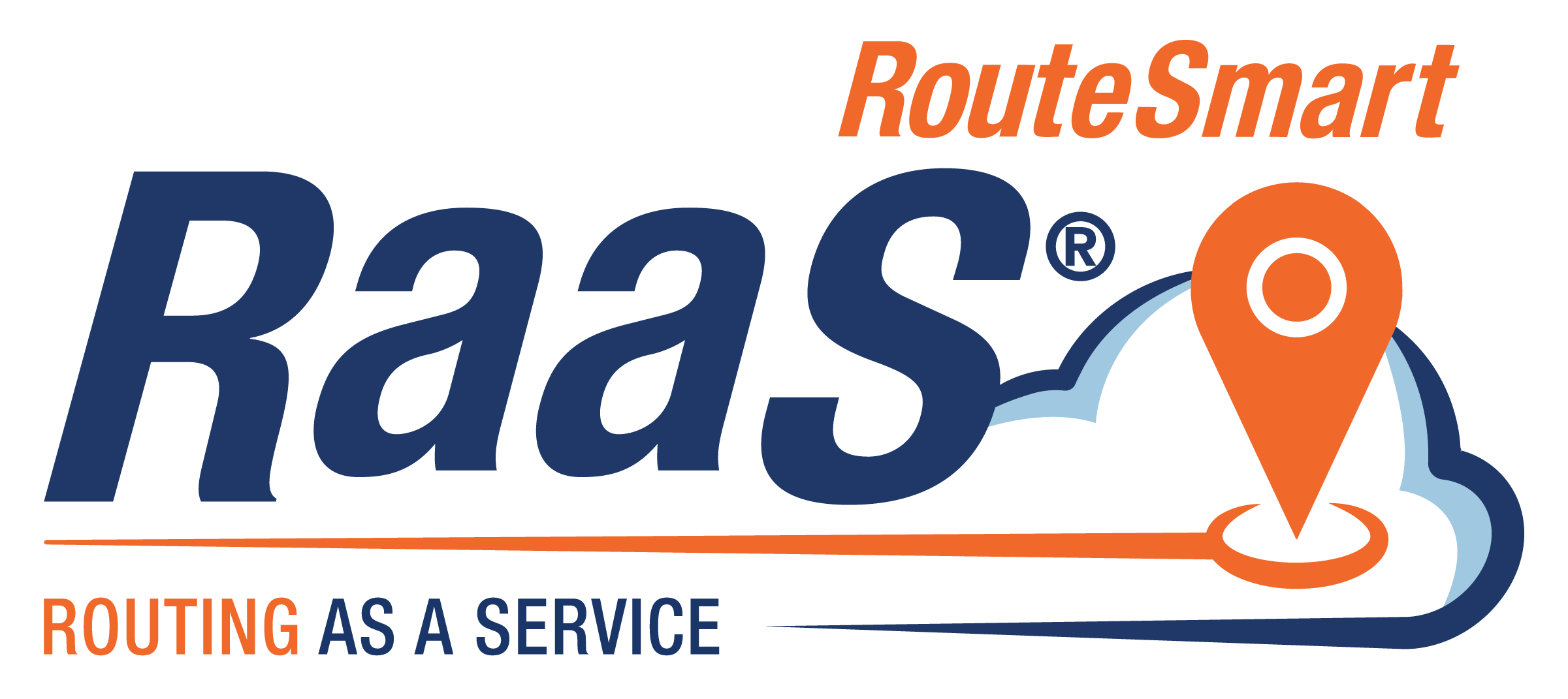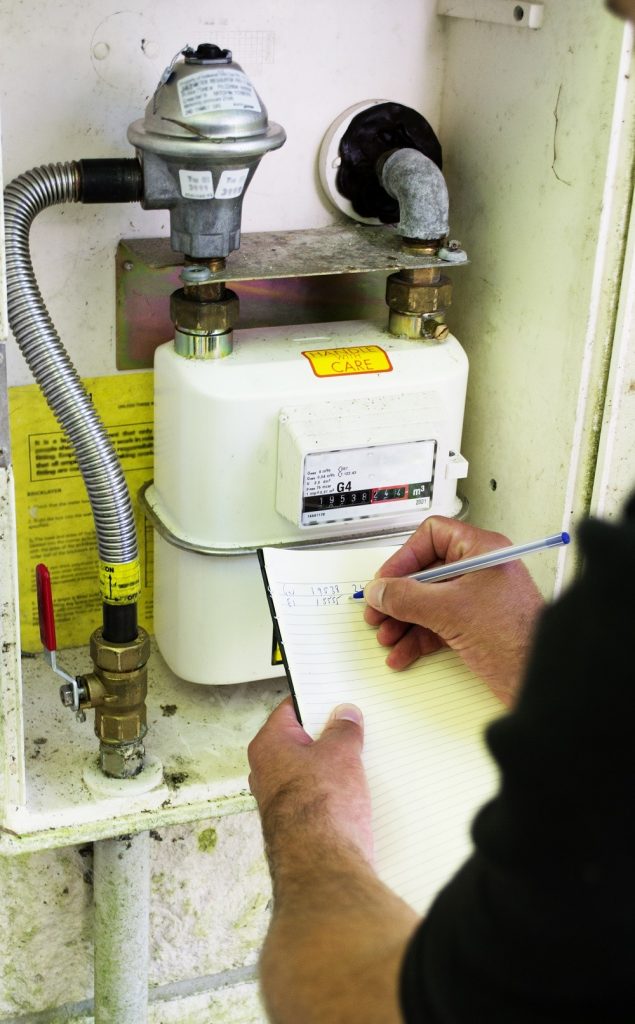Lets work together



Suite 3A, Chapel Allerton House, 114 Harrogate Road, Leeds, LS7 4NY
ukinfo@integrated-skills.com
+44 (0) 3300 888 670

Meter readers are the public face of energy suppliers and fulfil the crucial role of reading meters and carrying out safety inspections in customers’ homes and businesses. Adhering to Health & Safety guidance, delivering good customer service on the doorstep and ensuring operational productivity are vital elements to the successful management of meter reading activities. The effective planning of route optimisation for meter reading routes is the key to this management success.
GIS technology is part of everyday life for modern utilities companies, most commonly for the
mapping of infrastructure. However, GIS technology also has a significant role to play when it comes to cycle day and workload planning. It goes without saying that billing is important for both operator and customer, so it must be accurate and timely. Daily workloads must be balanced, manageable and efficient.
Since 2015 Integrated Skills Limited (ISL) have been working with one of the most well-known
suppliers of retail gas and electricity in the UK. ISL’s solutions have brought about significant efficiency savings, freeing up resources for re-deployment into, amongst other things, the Smart Meter roll out program.
ISL have supplied both RouteSmart for ArcGIS for a nationwide ‘master’ route optimisation initiative, and Routing-as-a-Service (RaaS) for the on-going dynamic optimisation of routes to meet the complex needs of one of the biggest operators in this sector.

RouteSmart for ArcGIS is built specifically to address the challenges of high-density utility meter reading, handling millions of customers over a complex walking and driving network. Algorithms balance cycle days to create workloads in contiguous geographic areas. The number of days customers can change forwards or backwards is controlled through simple settings and sophisticated solvers to manage the level of business change. Clean sheet approaches can be taken, maximising optimisation, but with the associated business-as-usual challenges. Following many years of experience ISL would always recommend modelling a number of options to analyse costs Vs.benefits.
Once cycle days have been balanced daily routes can be generated easily to provide even workloads across the meter reading teams. RouteSmart for ArcGIS considers a wide range of important parameters, including side of street working, walking speeds, read times, meter locations, length of time away from vehicle, single fuel, dual fuel, flat sequencing (low to high or high to low) and call rates. All over a customised road and footpath network where parking locations are chosen intelligently, walk orders optimised and mileage minimised.
ISL’s experience working with a national “big six” organisation reinforced our belief in the need for, and importance of, accurate door-to-door planning. Precise route sequences are essential for smooth operations in the field. Meter readers operating handheld devices do not have time to scroll through lists of poorly sequenced addresses. Solver options in RouteSmart for ArcGIS control the driving and walking flow of routes up and down streets and within buildings. Maximum parameters allow meter readers to park their vehicle and perform walking tours to a pre-determined length of time or number of addresses, returning them to the parking point as part of a natural loop.
For the planning of Base Routes an in-house team reviewed results and fine-tuned routes and
sequences with local knowledge from field teams, all with tools available in the desktop environment.
From the outset of this project all stakeholders understood that master route optimisation was only the start of the process. With balanced cycle days and a set of pre-planned master routes available as back-up, attention was turned to maintaining optimum performance. Route optimisation for utilities must reflect the dynamic nature of customer churn and roll out of Smart Meters. To address this challenge ISL offer RaaS, a cloud-based optimisation engine capable of generating optimised routes and sequences within minutes.
To account for new customers, non-communicating Smart Meters and meters requiring safety
inspections, services location data is sent to RaaS for routing on a daily basis. Within minutes RaaS creates all the optimised routes and sequences for the target cycle day – typically 200 routes per day. Key parameters used for master route optimisation are adhered to. Data transmission in and out of the system is via APIs with no user interaction required in this fully automated process.
Continued daily planning for routes ensures meter reading businesses are always operating optimum routes and able to release capacity within the field teams for redeployment into other business critical functions. Highly accurate sequences are relied upon by meter readers on the ground for smooth operations in the field which delivers the best chance of achieving call rate targets.

Energy providers that outsource meter reading can also benefit from this technology. By using
RouteSmart for ArcGIS the energy providers can calculate the optimal routes, the optimal cycle day and ensure call rate targets are achievable before publishing the tender notice thus ensuring that prospective suppliers provide cost estimates based on the same operational data. Once the contract is awarded the new contractor can take advantage of RaaS to account for ongoing change.
The principles outlined earlier in this paper referring to the effective planning of optimal meter reading routes is equally applicable to the reading of business meters as domestic ones. The key difference being that business meters tend to be spread over larger geographic areas and involve more driving than walking. Route optimisation solutions like RouteSmart for ArcGIS easily handles this operational requirement with its “mixed mode” feature which enables the software to create routes based on driving and walking. Just as well as the Smart Meter installation rate into business premises is very low.
The timing of meter reading in the commercial sector is also an important consideration. RouteSmart for ArcGIS and RaaS both support timed service operations with earliest arrival, latest arrival and blackout windows available at the individual customer level.
Regardless of whether you manage an in-house or outsourced meter reading team, whether you are
a contractor or energy supplier, domestic or commercial meters, the application of GIS based route optimisation/planning has proven its ability to deliver cost savings and drive up productivity through efficiency savings. The power of GIS can be delivered via consultancy services, through hosted software solutions or dynamically via a SaaS offering in the Cloud. The choice is yours to make.
Would you like to know more about Proven: Successful deployment of GIS technology for optimising meter reading? Fill in your details below and let us know how we can help.
Website Designed & Built by we are CODA